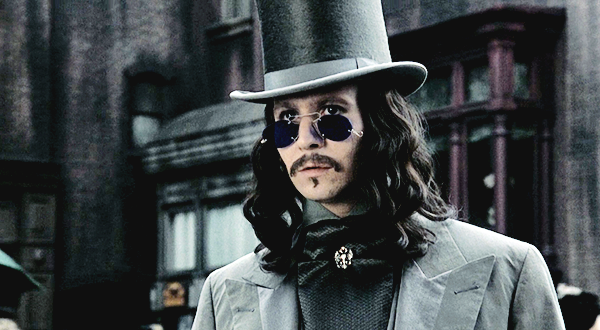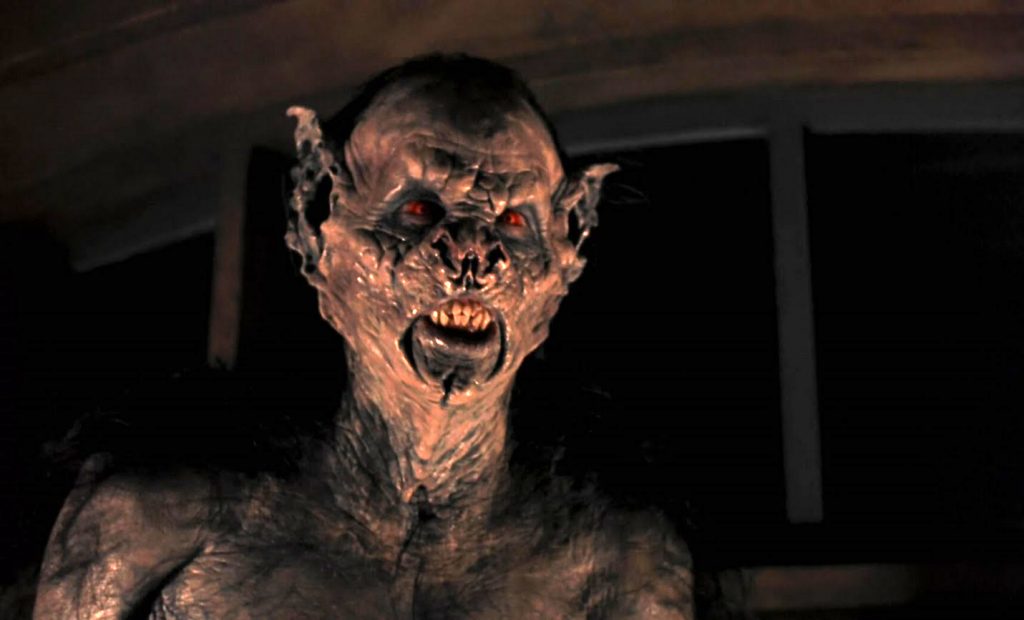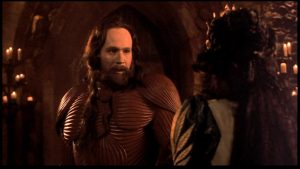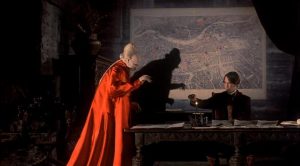From the November 20, 1992 Chicago Reader. — J.R.
A good reason for including the name of the original author in the title of Francis Ford Coppola’s ambitious version of the famous vampire story is that most previous film versions have been based not on the 1897 novel but on Hamilton Deane and John Balderston’s 1927 stage adaptation. This version, written by coproducer James V. Hart, brings back the multiple narrators of the novel, leading to a somewhat dispersed and overcrowded story line that remains fascinating and often affecting thanks to all its visual and conceptual energy. (Some of this derives from the filmmakers’ musings about what was going on culturally in Europe at the turn of the century, including the decadent art of people like Beardsley, Klimt, and Huysmans and the birth of both movies and psychoanalysis.) Still the overreacher, Coppola suffers at times from a surfeit of ideas (rather than a dearth, like most of his colleagues); there are times when he squanders his effects (as he did in Rumble Fish), or finds some of them in unlikely places. (Murnau’s Faust has apparently exerted more of an influence than his Nosferatu, for instance.) But this is still the best vampire movie in ages — a visual feast with ideas, more disturbing than scary, though a rich experience in many other respects. Gary Oldman stars (in multiple guises) as the infamous count, and the costars include Winona Ryder, Anthony Hopkins, Keanu Reeves, Richard E. Grant, Cary Elwes, Sadie Frost, and Tom Waits (the last two are especially good). (Biograph, Burnham Plaza, Golf Mill, Lincoln Village, McClurg Court, Ford City, Evanston, Hyde Park, Norridge)




